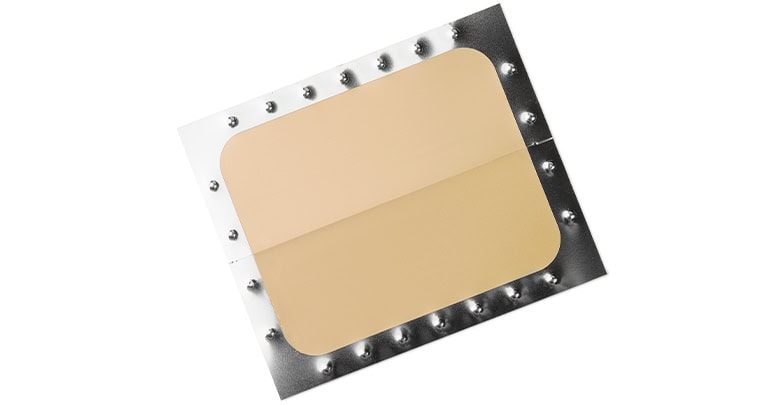Glucagon Patch Promises to Stop Low Blood Sugars Before They Happen
By automatically delivering glucagon into the body when blood sugars fall, this patch can treat hypoglycemia before it happens

When it comes to managing type 1 diabetes, there is one item that is central to every aspect of the condition: Insulin.
This simple, yet necessary hormone has transformed what was once a sure death sentence into a condition that can be managed well into old age. Without insulin, none of us T1Ds would be here right now.
But with insulin, every single one of us is forced to endure the annoying, sometimes even crippling effects of low blood sugar.
While many innovations in the diabetes field center on better insulins, better ways to deliver insulin, and advances in CGM tech, very little attention is paid to the treatment of hypoglycemia.
University of Toronto doctor creating revolutionary glucagon delivery system meant to stop low blood sugars before they start.
Most Important Unmet Need
At best, low blood sugars are annoying, life interrupting occurrences that require treatment with sugary, often unhealthy foods. At worst, they are the cause of death for as many as 10% of type 1 diabetics.
While advances in continuous glucose monitoring and automated pump systems are helping reduce the time diabetics spend in hypoglycemia, lows will always be a risk for anyone on insulin therapy due to the very nature of how insulin functions.
It was this fact that led Dr. Shirley X. Y. Wu to start development on a glucagon delivery system with the potential to reverse lows before they occur.
How the Glucagon Patch Works
Dr. Wu and her team created a smart patch, similar to the insulin patch, that detects falling blood sugar levels and reacts by releasing glucagon into the bloodstream to prevent lows from happening.
The patch is made of an array of “smart” composite microneedles filled with microgels and glucagon. The microgels react to changes in glucose volume in the blood and automatically release glucagon when sugars fall below a certain threshold.
Positive results have been seen in both in vitro studies and in T1D rat models, though, it will likely be some time before the patch enters into human trials and even longer before it is available for sale.
Glucagon Patch Applications
If successful, the glucagon patch has the potential to greatly improve the quality of life for many diabetics, including those with brittle diabetes, hypoglycemia unawareness, and fear of hypoglycemia.
Even for those living with T1D who are less at risk for dangerous lows, this patch would greatly reduce management burden by abolishing the need to treat lows manually using food, juice, or, in severe cases, inhalable or injectable glucagon.
Depending on the final design of the patch, it would likely be applied to the skin in the morning and worn throughout the day. If the user’s blood sugar was to drop, the patch would react by releasing glucagon and preventing hypoglycemia from occurring without input from the user.
If set up like the insulin patch, a single glucagon patch could treat multiple low blood sugars throughout the day and night or longer.
The patch could be used alongside a wide range of insulin therapies from pumps to pens to injections. It may even be possible to use the insulin patch and glucagon patch together to stabilize blood sugars in much the same way a non-diabetic’s body automatically does.
While it may sound like a simple product, the implications of such a device are far-reaching. A fact that is easy to see for any person living with diabetes who refuses to leave the house without a well-stocked supply of glucose tabs, gummy bears, or juice boxes.